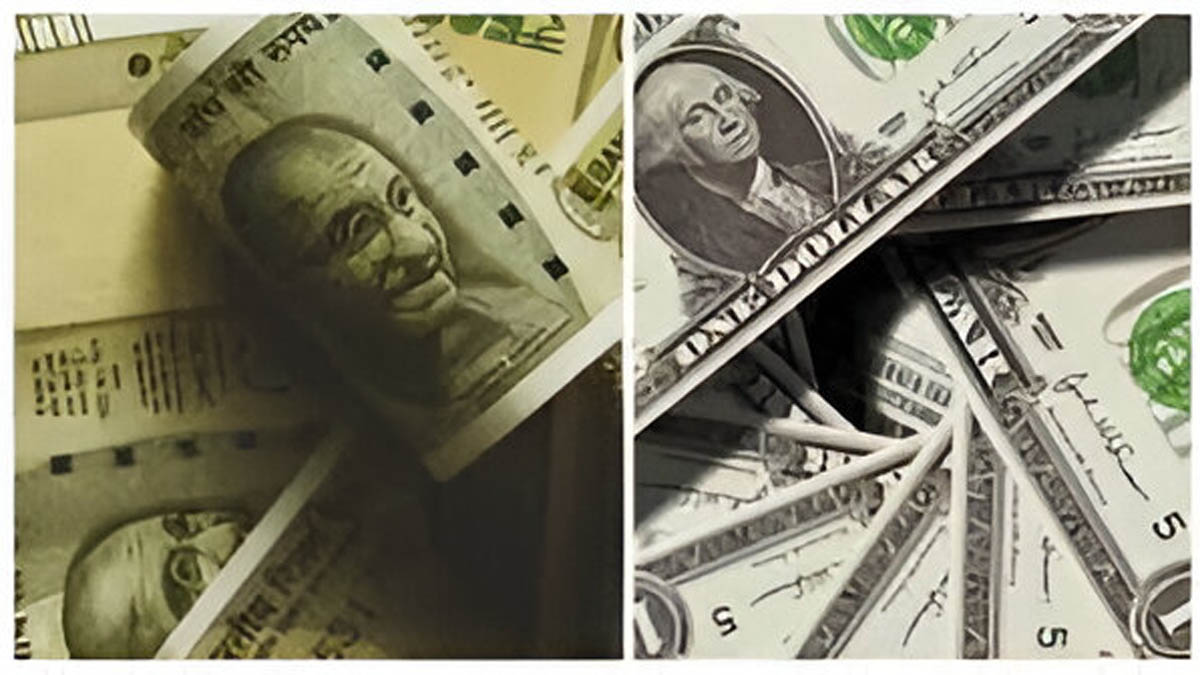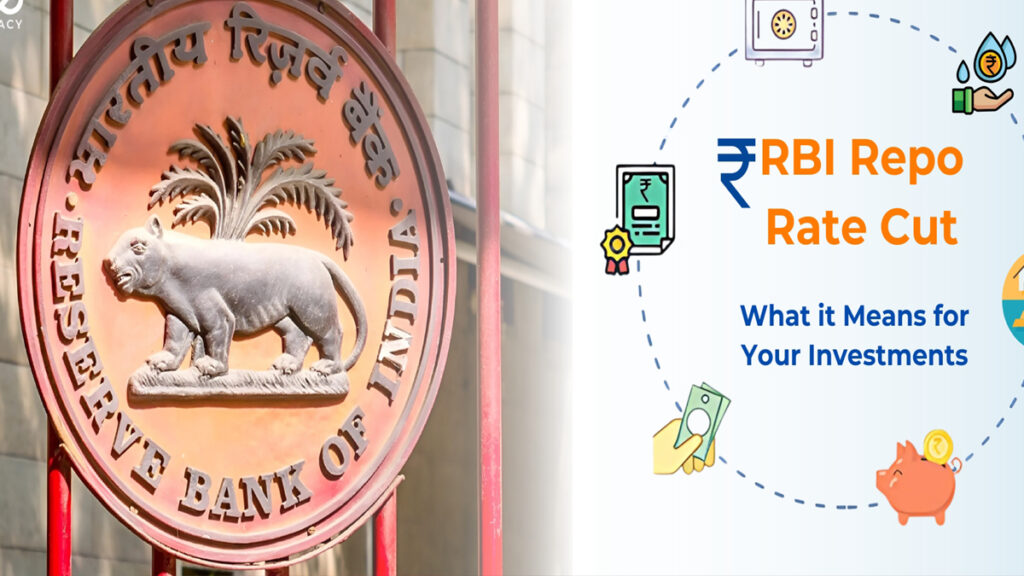Now Reading: Indian Rupee Opens Lower as Dollar Index Gains Momentum
-
01
Indian Rupee Opens Lower as Dollar Index Gains Momentum
Indian Rupee Opens Lower as Dollar Index Gains Momentum

The Indian Rupee began Thursday’s trading session 16 paise down, opening at 85.53 against the US Dollar. This dip in the domestic currency can be largely attributed to the strengthening of the US Dollar Index (DXY), which measures the greenback’s value against a basket of six major global currencies.
Factors Influencing the Rupee’s Movement:
The appreciation of the Dollar Index indicates a broader strengthening of the US dollar globally, often driven by factors such as robust US economic data, hawkish stances from the US Federal Reserve, or increased demand for safe-haven assets in times of global uncertainty. When the dollar strengthens, currencies like the Indian Rupee tend to depreciate.
In the intricate world of foreign exchange, several interconnected factors constantly exert influence on the USD/INR exchange rate:
- Dollar Index (DXY) Performance: As witnessed today, a rising Dollar Index typically puts downward pressure on the Rupee. A stronger dollar makes imports more expensive for India and can deter foreign investment if the currency risk is perceived to be higher.
- Crude Oil Prices: India is a significant importer of crude oil. Any upward movement in global crude oil prices increases the dollar demand from oil marketing companies, leading to a depreciation of the Rupee.
- Foreign Institutional Investor (FII) Flows: The flow of foreign capital into and out of Indian equity and debt markets plays a crucial role. Significant FII outflows, driven by global risk aversion or better opportunities elsewhere, can weaken the Rupee. Conversely, strong inflows provide support.
- Domestic Economic Indicators: India’s own economic health, including inflation rates, GDP growth, and interest rate decisions by the Reserve Bank of India (RBI), also impact the Rupee’s trajectory. Lower inflation and robust economic growth generally support a stronger currency.
- Trade Deficit: A widening trade deficit, where a country’s imports exceed its exports, implies a greater demand for foreign currency (like the USD) to pay for those imports, thus putting pressure on the domestic currency.
- Global Geopolitical Events and Market Sentiment: Events like geopolitical tensions or shifts in global trade policies can trigger risk-off sentiment, leading investors to seek the safety of the dollar and weighing down on emerging market currencies.
Outlook for the Rupee:
While the immediate outlook suggests some pressure on the Rupee due to the gaining Dollar Index and potential importer demand for the greenback, analysts are closely watching for further cues. The RBI’s interventions, if any, and the broader global risk appetite will be critical in determining the Rupee’s movement in the near term. Market participants will also be keenly observing upcoming domestic economic data releases and any shifts in the US monetary policy outlook. The USD/INR pair is expected to trade within a certain range, with key support and resistance levels being monitored by traders.










